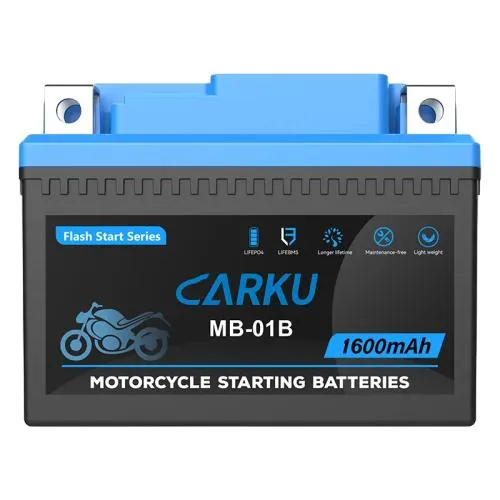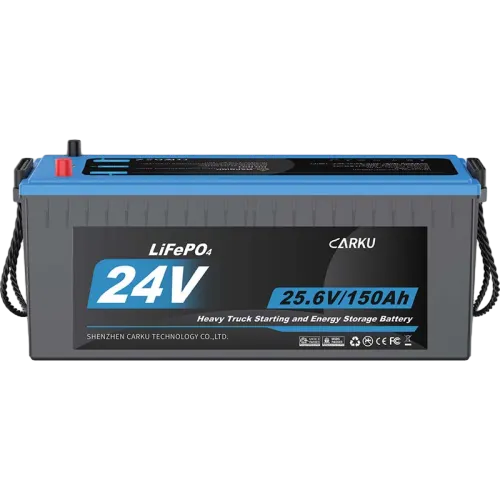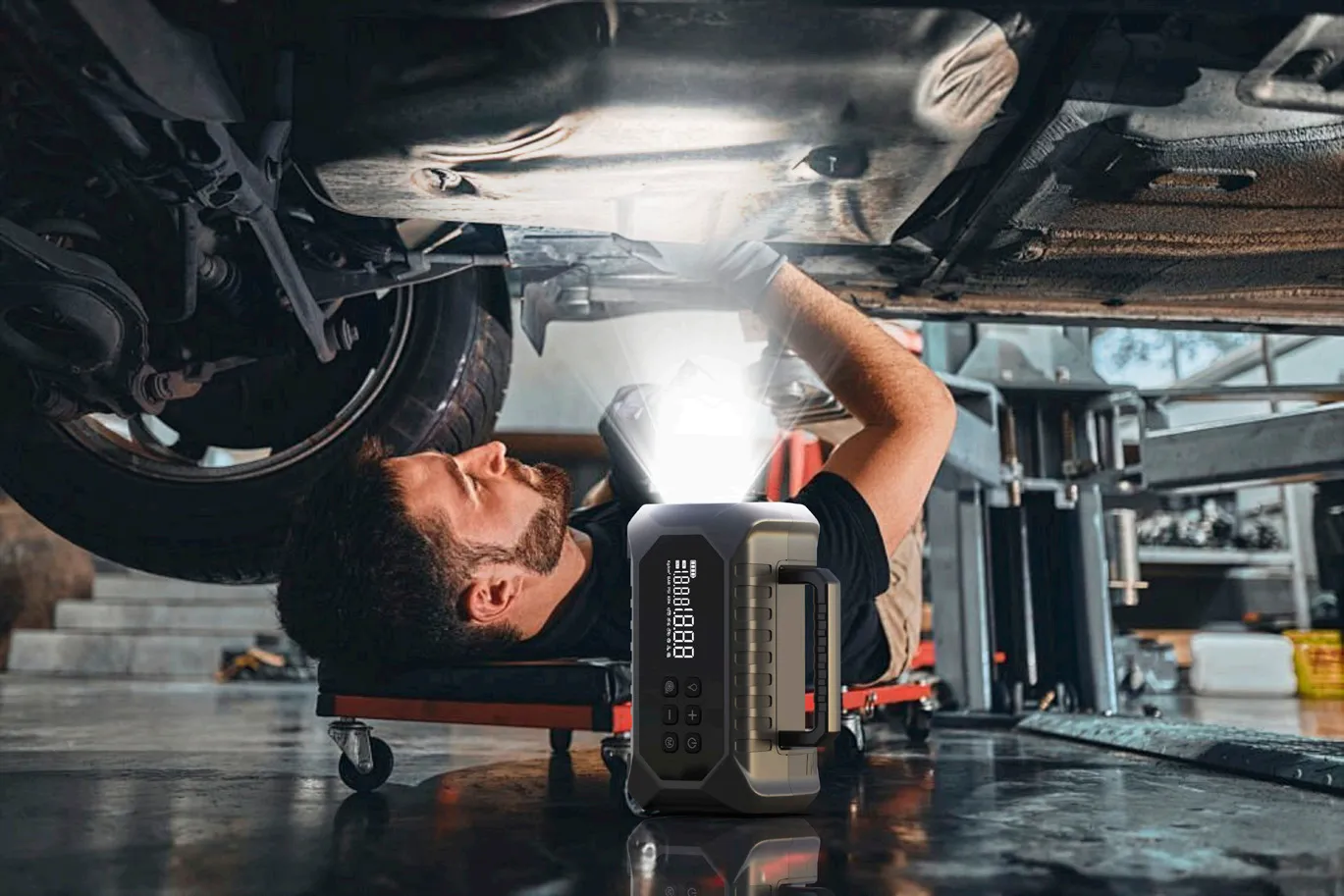When a driver finds their car battery dead, a lithium ion jump starter becomes a lifesaver. Just one device can jump start a car instantly, especially a 1000 amp jump starter designed for gasoline and small diesel engines. However, some users worry about risks—can a jump starter cause lithium battery fire or even explosion?
Are Lithium Battery Jump Starters Safe?
When people look up whether a lithium jump starter is safe, the biggest reassurance comes from the built-in battery management system (BMS). Even when the jump box is fully charged, the BMS keeps it protected by controlling voltage, current, and temperature in real time. That’s why many consumers prefer a high-quality 1000-amp lithium jump starter—it’s designed with smarter safety features that make it reliable to keep in your car for emergencies. It includes battery management system hardware that constantly monitors voltage, current, and temperature.
Can You Leave A Portable Jump Starter In A Car?
Many drivers keep a portable jump box in the glove box or trunk for emergencies, and that’s exactly what it’s made for. A high-quality lithium jump starter with a built-in BMS is designed to stay safe under normal conditions, so it won’t catch fire or explode during everyday storage in your car. However, avoid leaving it in extreme heat or freezing cold for long periods to maintain battery health.
Lithium Jump Starter vs Lead Acid Comparison
Weight and Portability:Lithium jump starters are dramatically lighter than their lead-acid jump starters.
Longer Lifespan:While lead-acid jump starters may need replacement every 2-3 years, lithium jump starter can maintain their effectiveness for 5-7 years or more with proper care.
Cold Weather Performance:This is perhaps the most crucial advantage. Lead-acid batteries suffer significant capacity loss in cold temperatures.Lithium batteries maintain better performance in cold conditions and have built-in protection against over-discharge, making them more reliable.
Overall, lithium jump starters perform more reliably in extreme temperatures than lead-acid jump starters. Whether you’re stuck on an icy road, working at a remote job site, or dealing with a surprise blizzard, the wider operating temperature range of a lithium jump starter makes it a safer and more dependable choice for cold-weather emergencies.
If you’re reading this, you likely want to understand the latest jump starter technology and also figure out how to choose the right one for your needs.
How To Choose Jump Starter?
Lithium ion jump starters have revolutionized roadside assistance with their convenience and reliability for jumpstarting car batteries.To ensure using safety and maximize benefits, understanding proper safety performance optimization is crucial. Quality control standards and best usage practices help users make informed decisions. Here are key factors that reveal how to choose and use jump starters effectively for optimal results.
Three Quick Reviews for Choosing a Jump Starter
When it comes to choosing the best jump starter to jump-start a car, several key factors should be considered.Include amperage,types jump starter,durability.
Amperage jump starters: Jump starter amperage ratings (such as 1000 amp or 1500 amp) indicate the peak current output, which directly correlates to the unit's engine cranking power and ability to start vehicles.For most city car drivers, a 1000 amp jump starter is portable jump starter, while larger SUVs may benefit from a 1500-amp jump starter.
Lithium jump starters vs lead-acid jump starters: Lead acid jump starters are traditional options. While effective, they are bulky, heavy, and prone to efficiency loss over time. Regular maintenance may also be required.
Lithium ion jump starters are lightweight, compact, and powerful. They deliver consistent high power, are easier to carry, and often come with advanced safety BMS configuration.Their portability makes them a popular choice for everyday drivers.
Durability and usage: Looking for a lithium jump starter with IP65-rated casings, smart high-quality clamps, and proven cycle life performance. Jump starters offer much more convenience than complex car-to-car jump starting procedures. Simply prepare your smart jumper cables and portable jump starter, then follow the manual's step-by-step guide for proper positive and negative connections.
Three Tips for Using a Lithium Jump Starter
Everyone encounters the challenge of a dead car battery. A 12v jump starter is essential. It's reliable jump-start, and often includes USB charging ports and flashlights, making it ideal for off-grid needs.Here’s how to use 12V lithium ion jump starters.
1. Preparation
Ensure the car battery is completely dead or unable to start. Verify the 12V jump starter is fully charged and the power switch is in the OFF position.
2. Connecting the smart jumper cables
Firmly insert the smart jumper cable plug into the 12V output port of the jump starter.
3. Connect to car battery
Connect one end of the red clamp to the positive terminal (+) of the car battery.
Connect the the other end of the black clamp to the negative terminal (-) of the car battery.
4. Activate jump starter
Turn on the 12V jump starter according to the manufacturer's instructions.
Wait for the indicator light to display “Ready” status (typically within seconds—no need to wait 30 seconds).
5.Start the vehicle
Attempt to start the vehicle's engine.
Once the engine starts successfully, immediately disconnect the cables in this order. Remove the black clamp first, then remove the red clamp.Finally unplug the smart jumper cable connector from the lithium ion jump starter.
Frequently Asked Questions
1.Is it bad to keep lithium batteries fully charged?
Not necessarily. It depends on how you use and store your lithium ion battery.For lithium-ion jump starters,they have built in BMS that prevent overcharging, so leaving it at 100% for a few days won’t cause safety issues.The best practice is to store it at around 40%–60% charge, which helps preserve its capacity and lifespan.
2.How do you keep a lithium battery healthy?
Keep lithium ion batteries partly charged, avoid extreme temperatures, and store them properly to maximize their lifespan and safety.
3.What is the ideal storage temperature for a lithium battery jump starter?
The operating temperature range for a lithium battery jump starter is –40°C to 60°C. For storage, it is best to keep it in a normal room temperature environment.

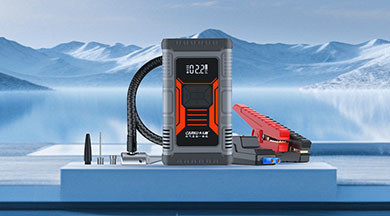










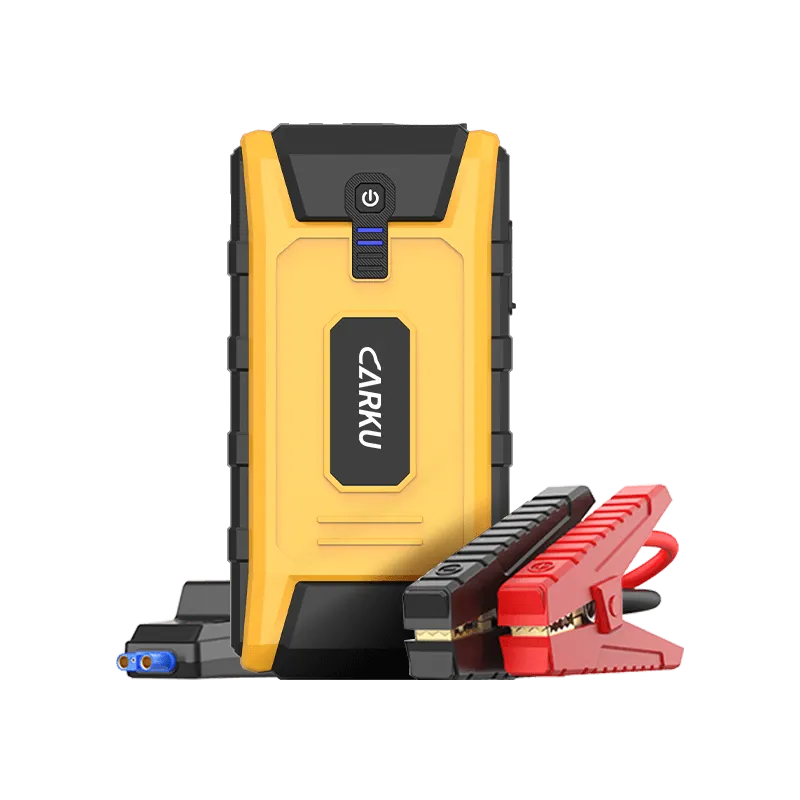
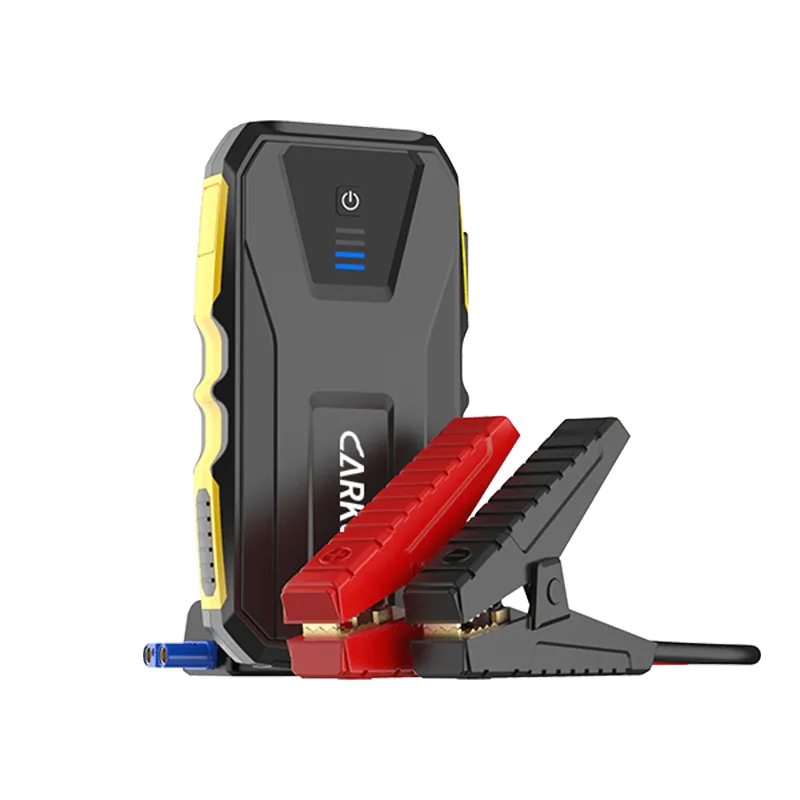
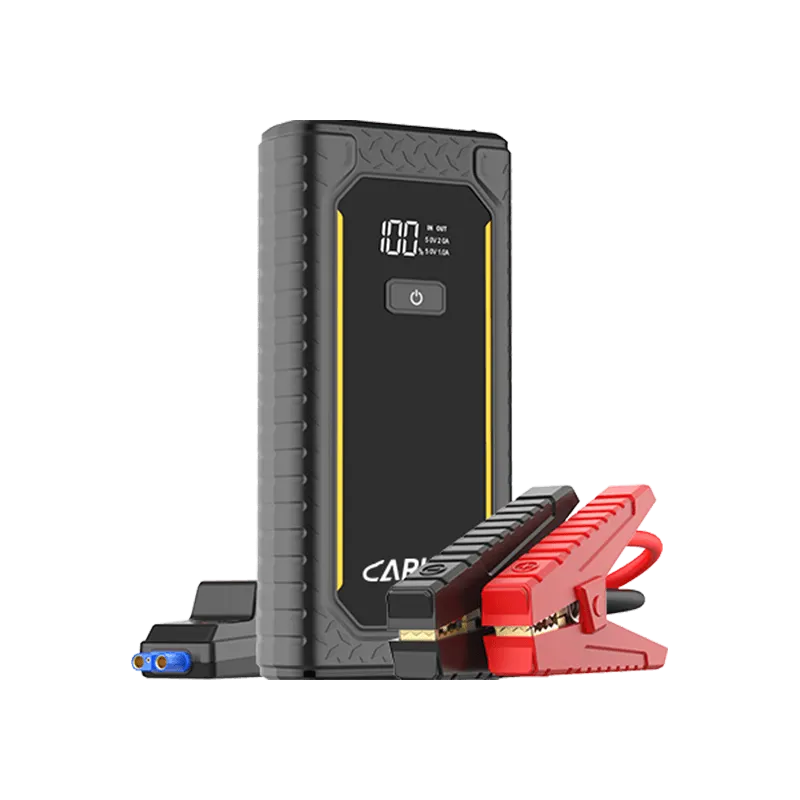
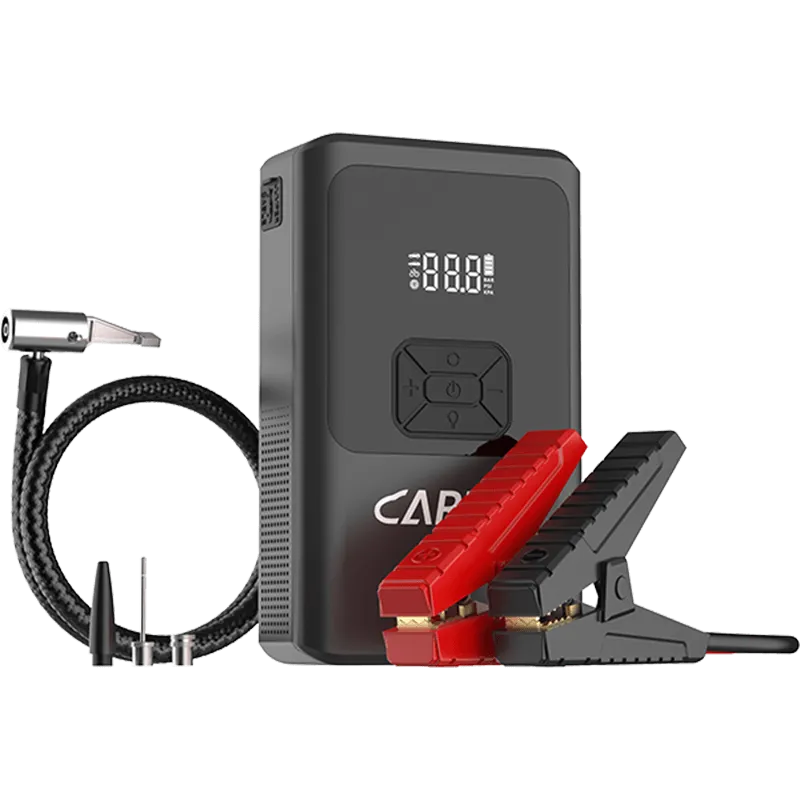
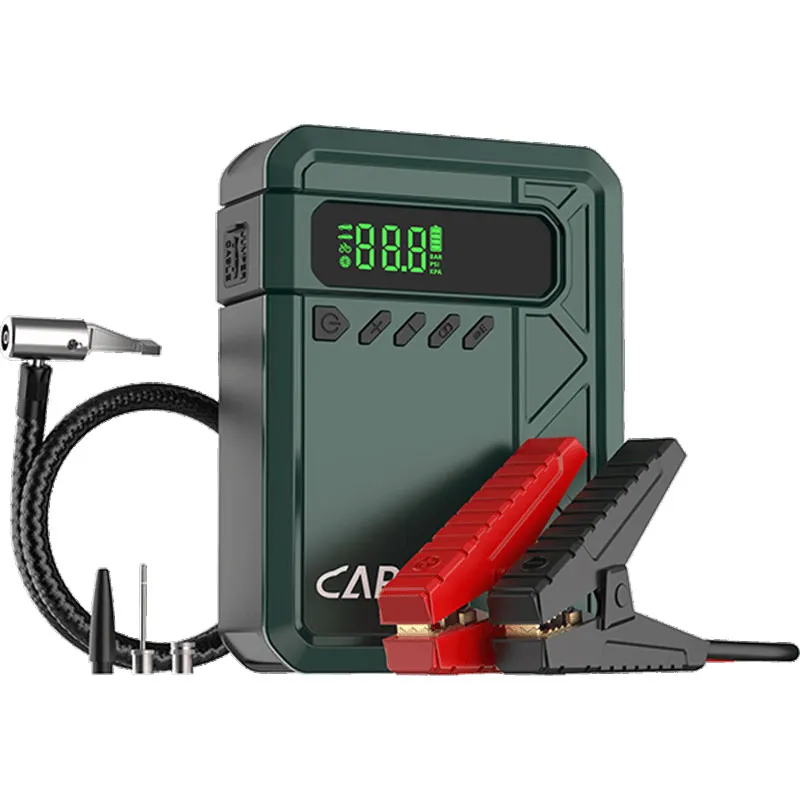
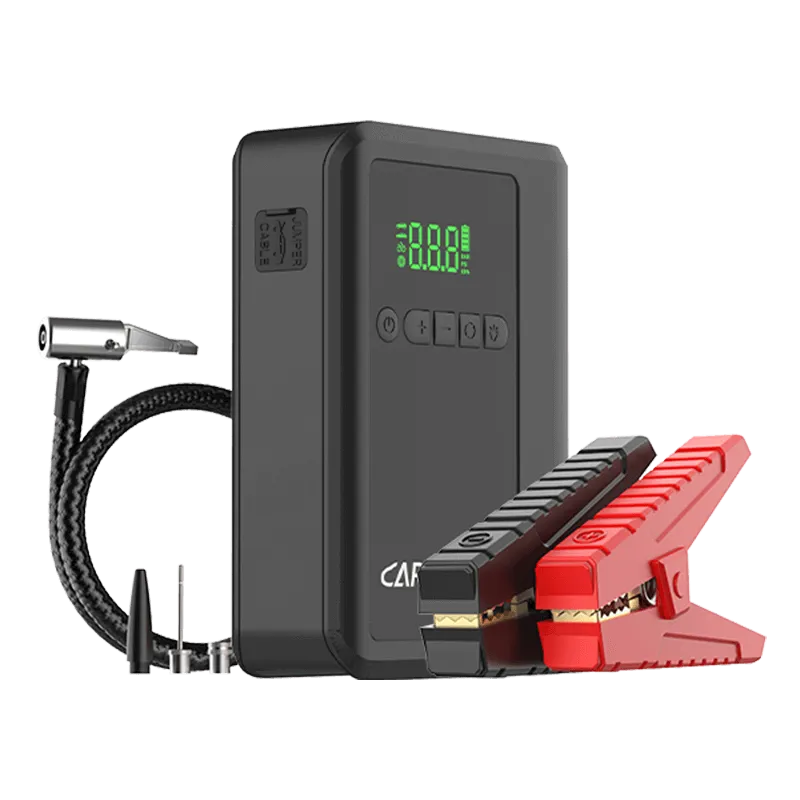

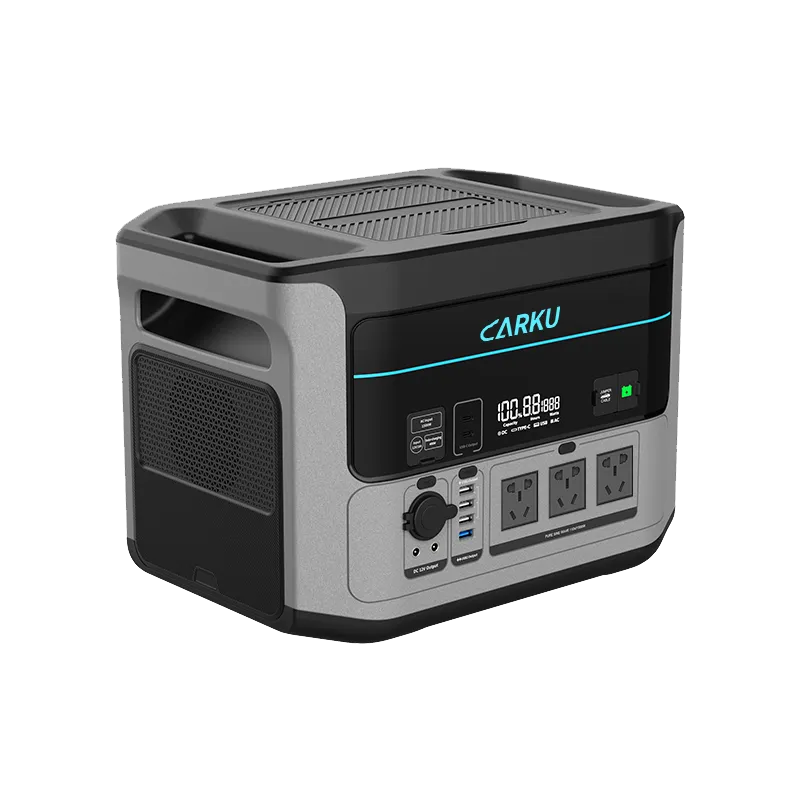
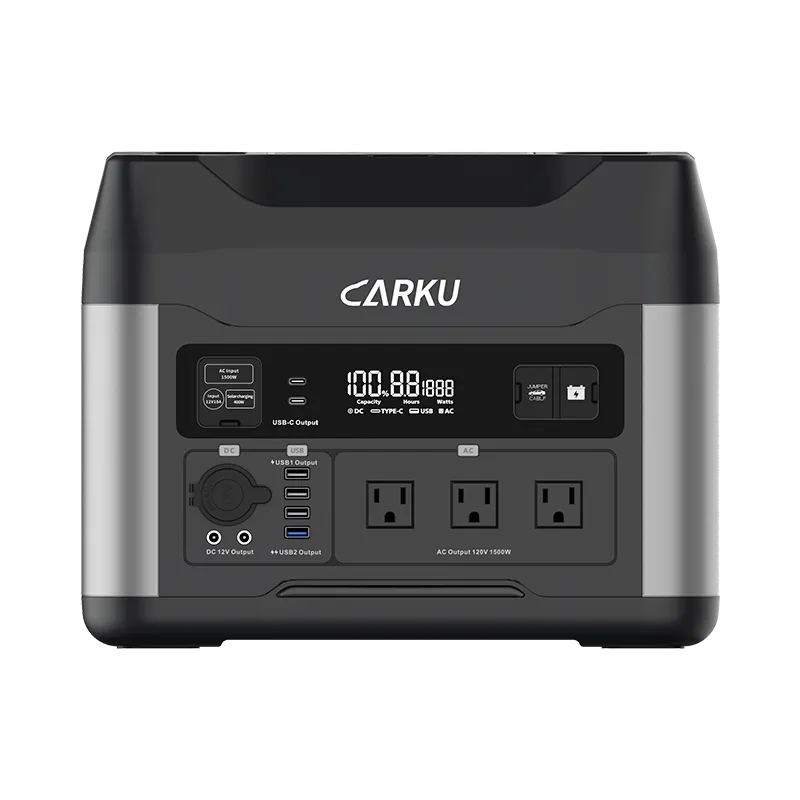
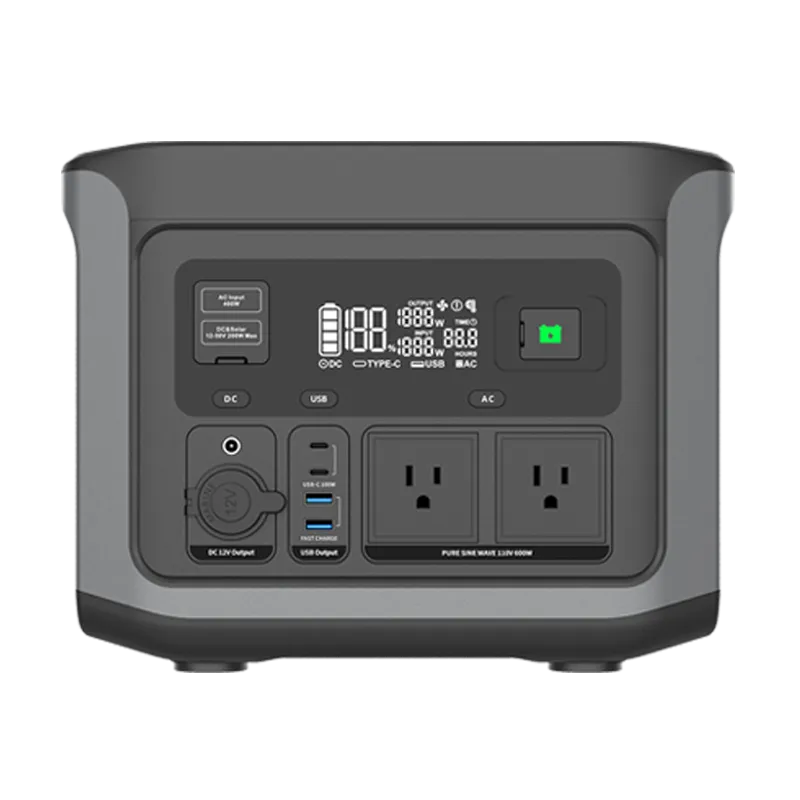
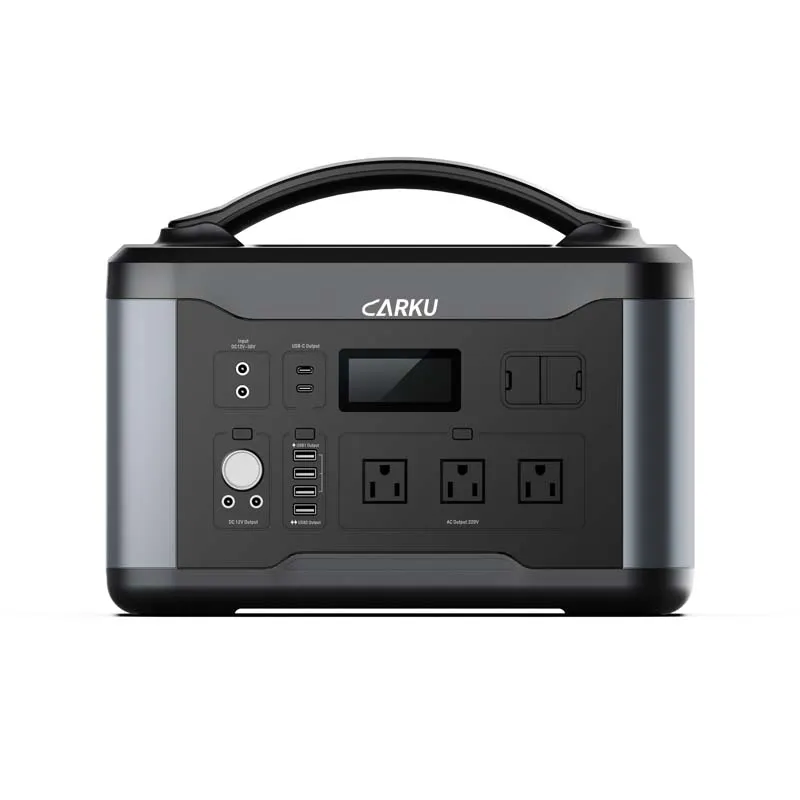
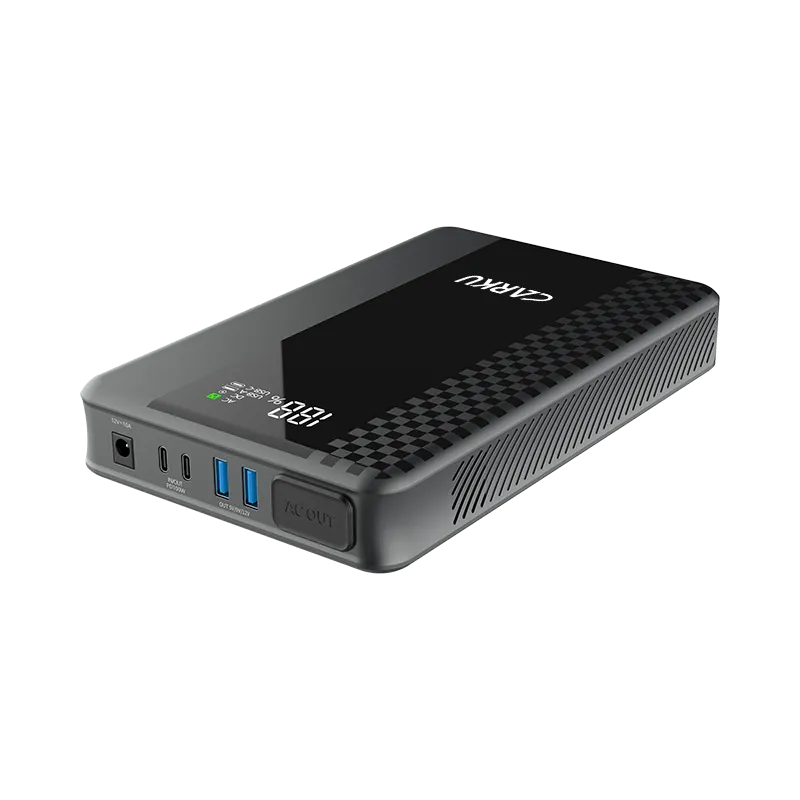
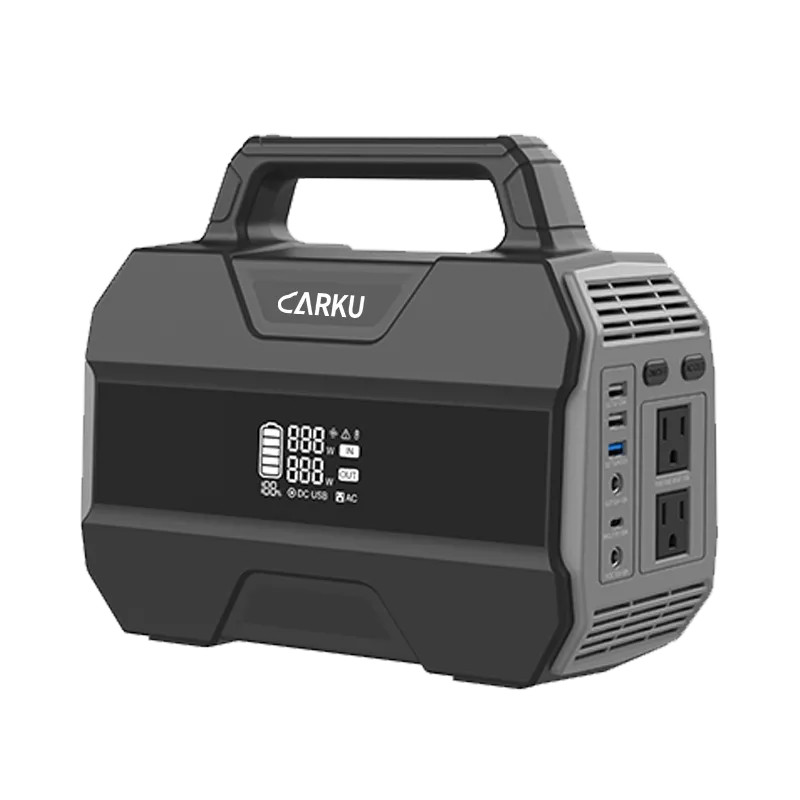
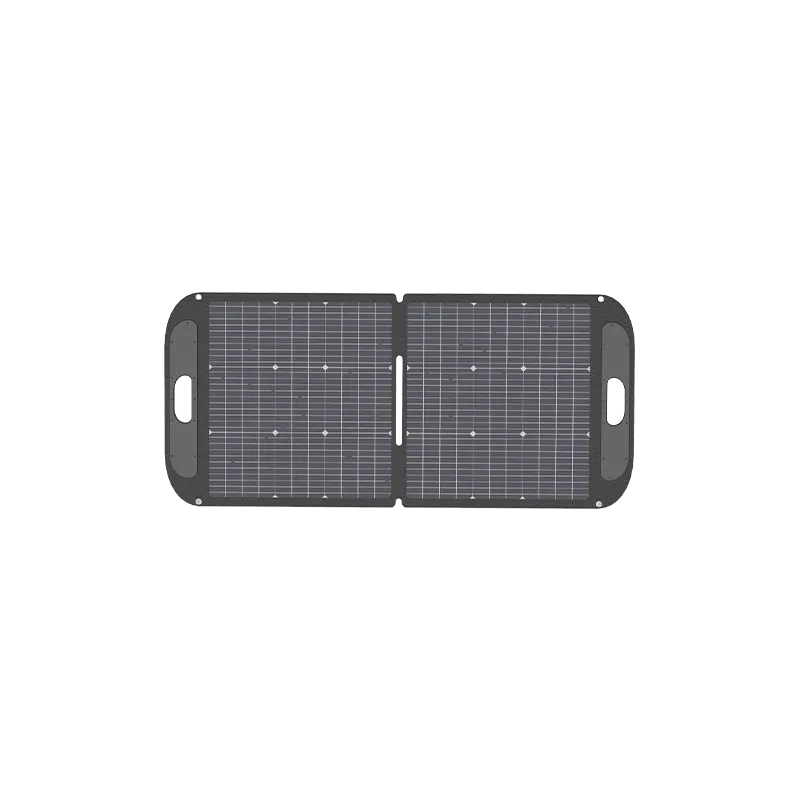


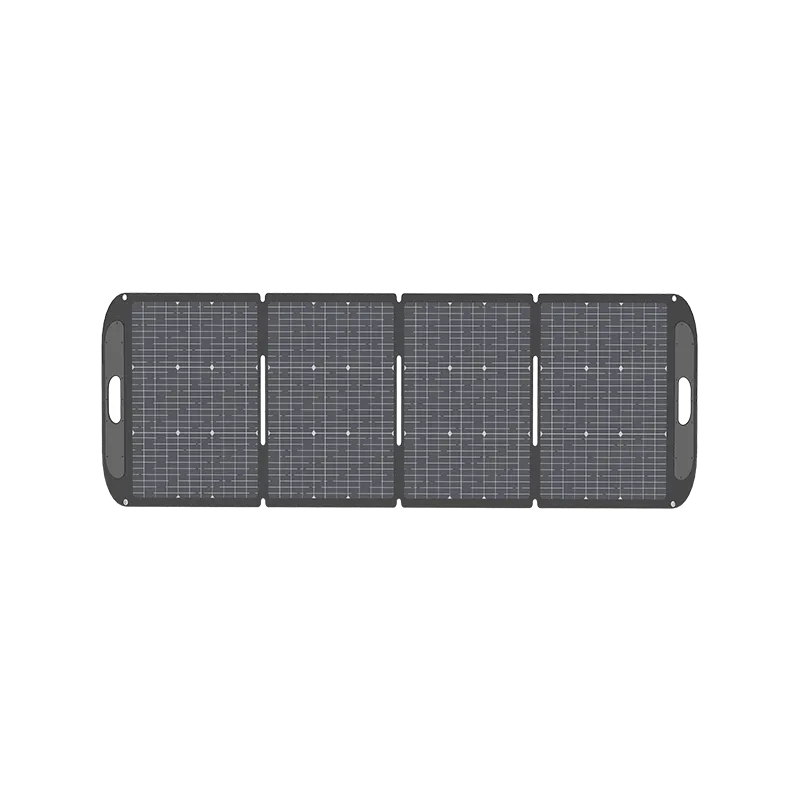
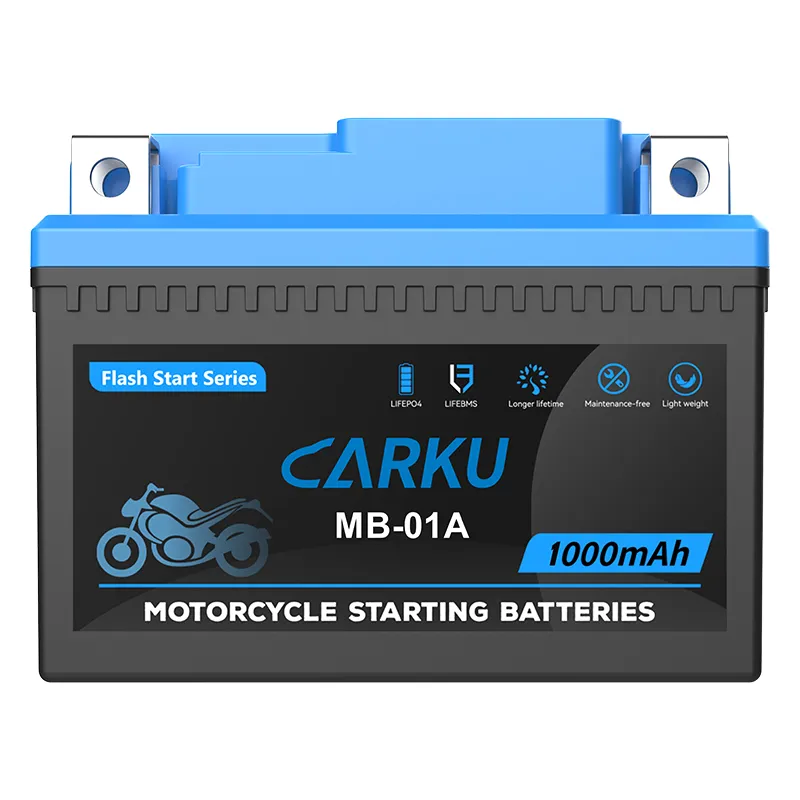

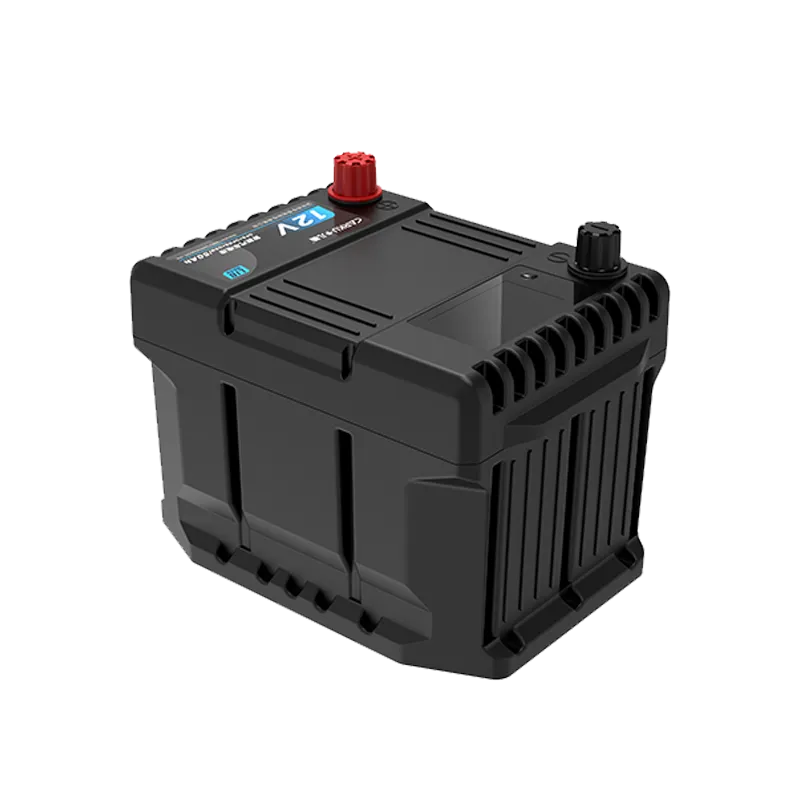
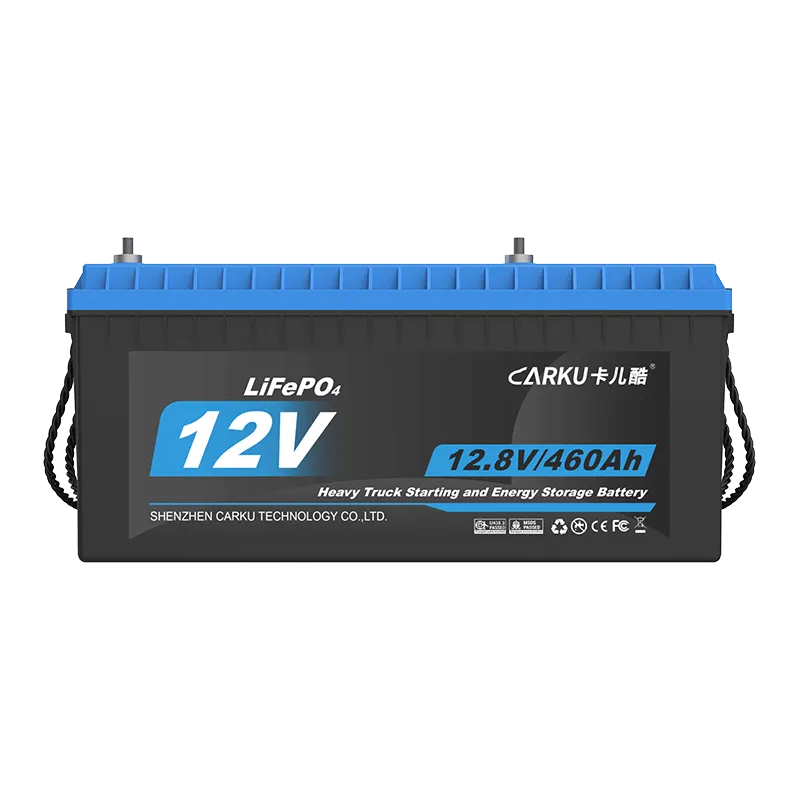
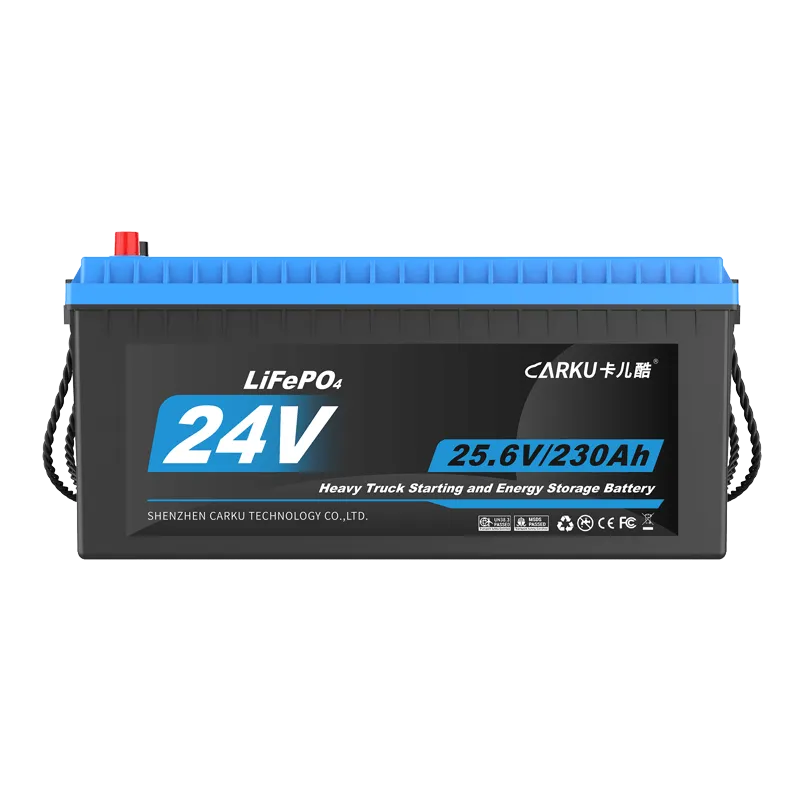
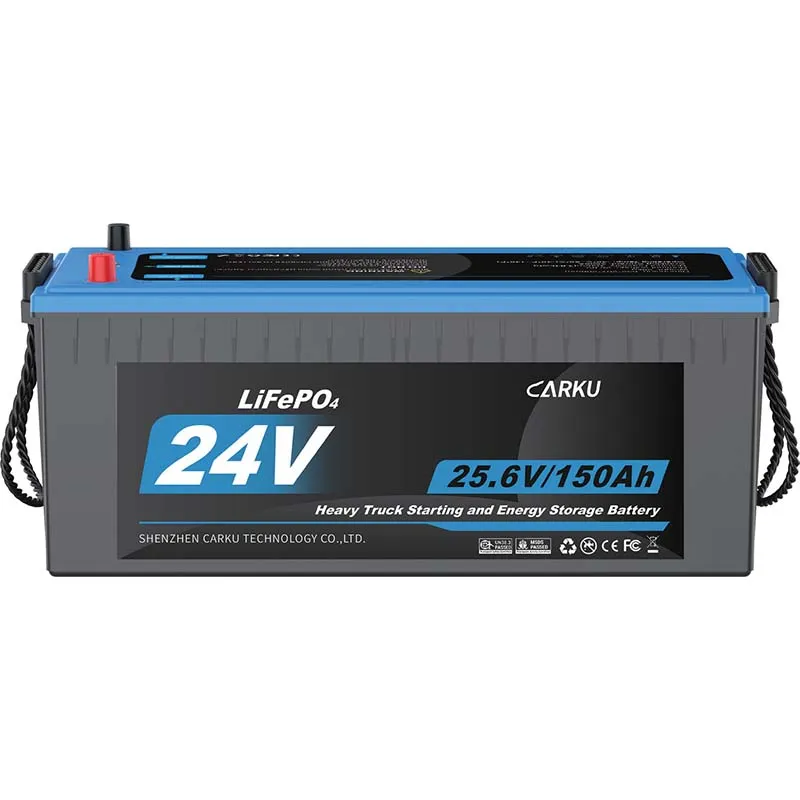
 Jump Starter ODM/OEM Solutions
Jump Starter ODM/OEM Solutions Portable Power Station ODM/OEM Solutions
Portable Power Station ODM/OEM Solutions Starting Battery ODM/OEM Solutions
Starting Battery ODM/OEM Solutions ABOUT CARKU
ABOUT CARKU STRENGTH FACTORY
STRENGTH FACTORY THE DEVELOPMENT HISTORY OF CARKU
THE DEVELOPMENT HISTORY OF CARKU CORE COMPETITIVENESS
CORE COMPETITIVENESS COMPANY CULTURE
COMPANY CULTURE QUALIFICATION
QUALIFICATION
 CARKU News
CARKU News CARKU Exhibitions
CARKU Exhibitions CARKU Battery Applications
CARKU Battery Applications



